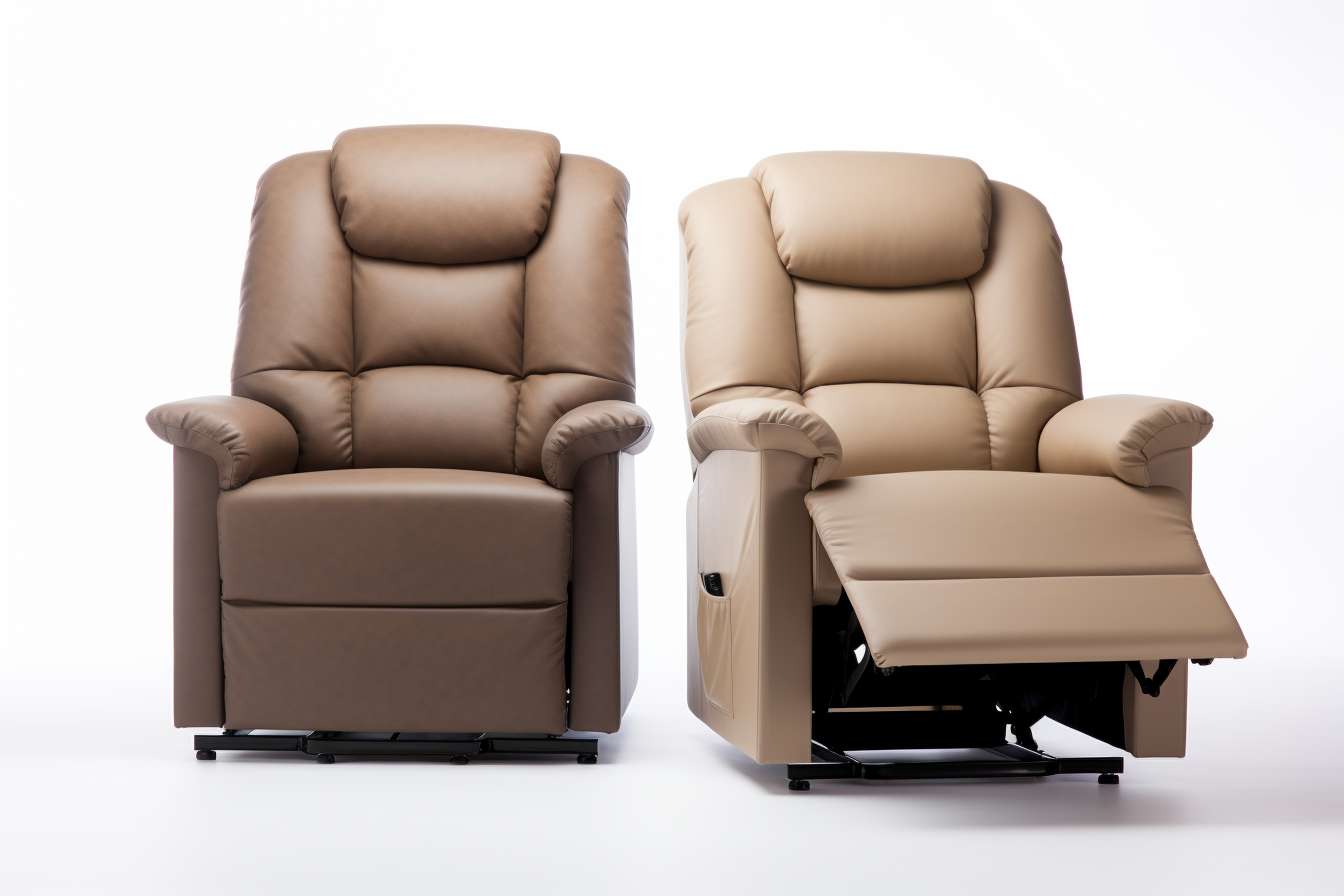Recliner Chairs: Guide for Living Room Comfort
Recliner chairs are a common choice for living room seating because they combine seating and reclining functions in one piece of furniture. This guide explains how recliners work, how to choose the right chair for your space, how they fit into living room layouts, what furniture styles pair well with them, and how to assess comfort and ergonomics. The goal is to help you make a clear, practical decision when considering a recliner for your home.

What is a recliner and how does it work?
A recliner is a chair with an adjustable backrest and a footrest that extends so the sitter can lean back and elevate the legs. Mechanisms range from simple manual levers to power-operated motors with multiple reclining positions. Some models include extra features such as swivel bases, lift-assist systems for mobility, or built-in massage and heat. Materials vary from leather and faux leather to fabric, affecting breathability, maintenance, and feel. Understanding the mechanism and materials helps match the chair to your daily needs and maintenance preferences.
Recliners differ by frame construction as well — hardwood or metal frames impact durability and weight capacity. Springs, sinuous wire systems, and foam densities influence how the seat feels and how long cushions retain their shape. Consider who will use the recliner and how often: a daily-use chair needs sturdier construction and resilient upholstery, while occasional-use models can prioritize style over heavy-duty engineering.
How to choose a chair for your space?
Selecting a chair starts with measurements: check the recliner’s footprint when upright and fully reclined, and measure doorways and staircases to ensure delivery access. Think about seat height, depth, and armrest width to match the primary users’ body sizes and mobility. Upholstery choice should reflect lifestyle — for example, stain-resistant fabrics for homes with children or pets, and breathable materials for warmer climates.
Also consider the chair’s weight and assembly requirements. Power recliners need an outlet nearby; battery options exist but add ongoing costs. Evaluate warranty coverage for the mechanism, as repairs can be costly. A chair that feels comfortable in-store may still behave differently at home, so allow for a trial period or verify return policies where available.
How recliners fit in living room layouts?
A recliner can serve as a focal point, an additional seating option, or a dedicated reading or TV chair. Positioning depends on the direction of use: chairs meant for TV viewing should face the screen without creating awkward viewing angles for other seats. Leave clearance behind the chair if it reclines by sliding back; wall-hugger designs save space by reclining with minimal rear clearance.
Mixing a recliner with sofas and accent chairs requires attention to scale and flow. Aim to balance the room by pairing a solid, upholstered recliner with lighter side tables or shelving to avoid visual heaviness. Consider traffic paths and ensure the recliner won’t block main walkways when upright or reclined. Area rugs can help integrate a recliner into a seating group while protecting floors from the chair’s feet or casters.
What furniture styles pair with recliners?
Recliners come in a range of styles from traditional overstuffed looks to streamlined, contemporary silhouettes. Traditional recliners with rolled arms and nailhead trim pair well with classic sofas and wooden accent furniture. Modern recliners with clean lines, metal bases, or slim arms fit mid-century or minimalist living room schemes.
When integrating a recliner into a curated room, coordinate scale and color rather than matching every piece exactly. Use complementary textures—wood, glass, and metal—so the recliner feels intentional rather than an afterthought. If style cohesion matters, look for recliners that offer interchangeable upholstery or removable covers, which can be updated over time to match evolving decor.
How do recliners affect comfort and ergonomics?
Comfort in a recliner depends on lumbar support, seat depth, headrest position, and cushioning resilience. Ergonomic chairs support the natural curve of the spine, offer adequate thigh support without pressure behind the knees, and provide a headrest that aligns with the user’s neck. Adjustable features such as tilt tension and separate footrest control can improve individualized comfort.
For people with back pain or limited mobility, lift-assist and power recliners can make sitting and standing easier by reducing strain. However, recliners are not medical devices unless explicitly designed and marketed for medical use; consult a healthcare professional for serious mobility or pain issues. Test a chair for at least several minutes in multiple positions before purchasing to assess long-term comfort.
Conclusion
Recliner chairs are versatile pieces of furniture that can enhance comfort and function in a living room when chosen with attention to mechanics, size, materials, and style. Evaluate how the chair will be used daily, measure spaces carefully, and prioritize durable construction for frequent use. Thoughtful pairing with existing furniture and attention to ergonomic features will help the recliner contribute to a comfortable, well-balanced living room environment.






